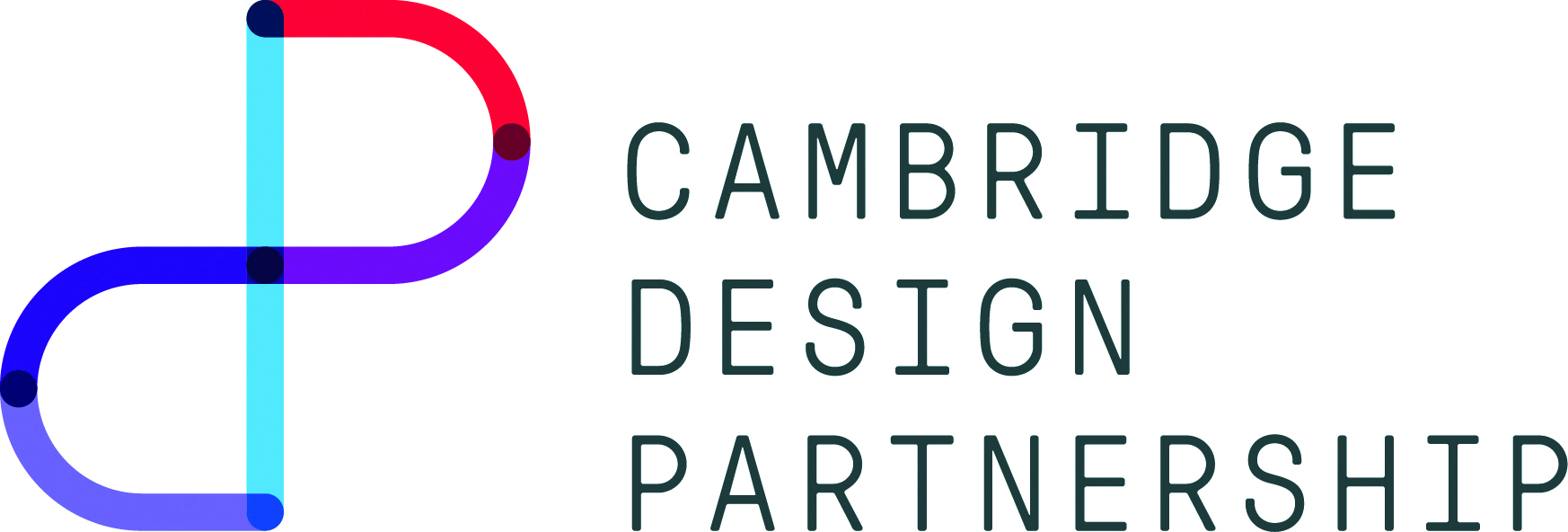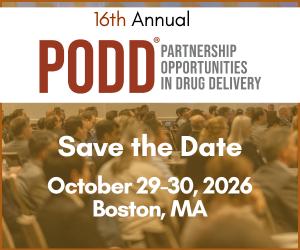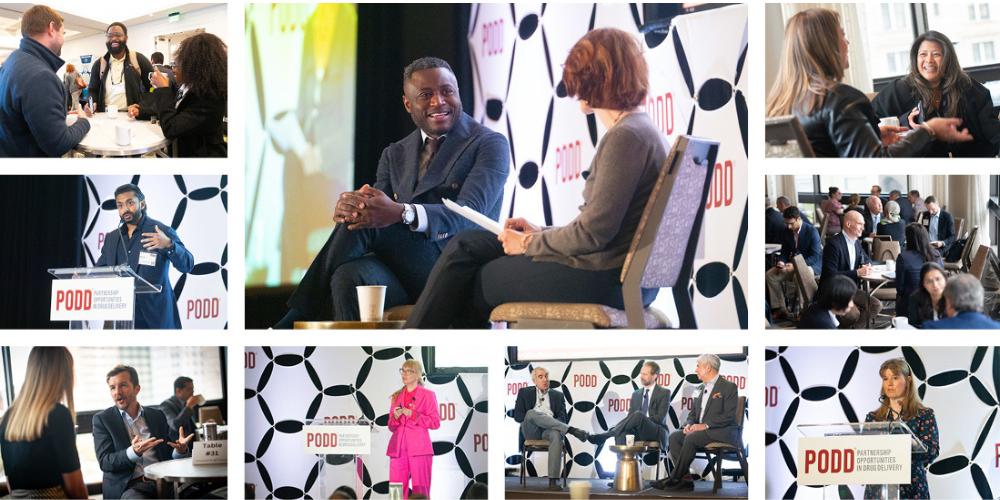Bringing the User Experience to Drug Delivery Devices – An Untapped Opportunity For Pharma
In a group discussion, Cambridge Design Partnership’s Head of Drug Delivery, Clare Beddoes; Industrial Designer, Ben Kübler and Director of Digital Products, Stephen Zabrecky explain how to put the patient first in drug delivery device design, packaging and digital tools.

What is patient-centric design and why should we consider it for drug delivery devices?
Clare: Drug delivery device design often focuses on the point of treatment (for example, injection or inhalation), often a fleeting moment in the wider patient experience with their chronic condition. It does not consider context – that someone might be receiving multiple therapies, or switching from one therapy to another, or one device to another, at a highly stressful time.
Drug delivery devices, their labeling, instructional materials and packaging, and increasingly associated digital tools should be designed to consider all of the patient's needs. Packaging, for example, can signpost patients to vital information, or even lay the foundations of the psychological relationship they will have with their treatment both now and in the future. Meanwhile, an intuitive digital experience can instill confidence at a time of high anxiety.
What can medical device design learn from the consumer sector?
Ben: The consumer sector understands that great experiences bring people back to a brand. Fear of consumers moving to a competitor drives companies to innovate and deliver excellent loyalty-capturing experiences. Consumer companies have also realized that user experience goes far beyond the physical product. They marry touchpoints to create an experience that reflects their values consistently across marketing, stores, products and digital. Consumer companies consider packaging a critical part of the user experience, but in drug delivery, it is viewed as a tool to protect the product and advertise regulatory information.
Companies such as Apple, Microsoft and Google understand that packaging represents an opportunity to engage the consumer the moment they first encounter a product. They carefully craft the packaging, considering how it can enhance the overall experience. While it is of course true that patients have little to no choice related to the medication they are prescribed - and certainly not the condition –it is an opportunity for the drug delivery sector to support the patient from the get-go.
Stephen: QR codes, for example, have long been widely adopted by the consumer sector. They can be a great way of signposting consumers to content quickly. They are increasingly used on prescription healthcare packaging, however, there is no guarantee that the patient will scan it or engage with the content it links to. A digital experience associated with their medication may well be unfamiliar to them, so communicating the benefits of doing this is key. Packaging provides the opportunity to sell that value and encourage engagement.
"Consumer companies consider packaging a critical part of the user experience, but in drug delivery, it is viewed as a tool to protect the product and advertise regulatory information."
How can you guide patients once they've engaged in the digital experience?
Ben: To download an app requires extra 'work'. To encourage consumers to make the effort, the consumer sector has learned that you must provide them with a benefit. And once they download the digital experience, it needs to be quick and intuitive – a long-winded sign-up process will lead to an immediate drop-off in users.
Stephen: Apps are ongoing experiences. While you need to collect some information initially, you don't need to turn it into a ten-minute data collection exercise that will turn users off. If you design the experience right, you can ask for information over time.
Clare: People like to see progress. They want to see how well they're doing, track symptoms, monitor their adherence, and get feedback. That is how we can positively reinforce the benefits of adherence. The focus needs to be on continued engagement through a personalized experience.
What are we achieving or missing in terms of connected medical devices?
Clare: There is an opportunity for connectivity, and most device companies are preparing to provide this by building-in Bluetooth capability. However, the direction comes from pharma as to the end goal and requirements for that connectivity. Those goals and needs are evolving, for example, there was previously a propensity to collect all data possible with the intention to share or send it to clinicians. However, the key is to define what information they need, how often and in what format. Adding sensors to a drug delivery device is only one part of the equation; working out which sensors are needed to collect appropriate and accurate data to improve the patient journey is crucial.
"People like to see progress. They want to see how well they're doing, track symptoms, monitor their adherence, and get feedback. That is how we can positively reinforce the benefits of adherence."
How can digital experience provide value to both patients and pharma?
Clare: It depends on the patient group and the disease area. A key benefit of digital is the ability to personalize the experience for individuals. For example, if we know a patient is transferring to a new device from an old model, their digital training could highlight the differences between the two. Likewise, it could provide new patients with a step-by-step beginner's guide, with a choice of which format to receive that training in.
Personalization can also guide patients through the initial months of treatment and evolve to support them at their pace. Patients tell us they want different things, for some it’s up-to-date information about their condition, others are interested in symptom tracking and others may seek links to local support groups. Digital can deliver on that and continue to deliver depending on the needs at different points in their treatment journey.
Stephen: Digitalization has the potential to dramatically increase the size and scope of clinical trials by remotely collecting real-world evidence. Wearables, for example, can collect biomarker data such as heart rate, sleep quality, fitness levels and more.
Is patient-led design the future of drug delivery devices?
Clare: The drug delivery space is embracing the benefits of a consumer-like approach to patient experience. Consumer health apps (some of which have regulatory approval), in particular, have shown us that the patient experience needn't be sterile and static. Achieving the same impact for drug delivery devices and associated digital experiences requires a multidisciplinary approach with strong focus on front-end innovation and a design process that values the patient as much as good engineering.
For more information, visit cambridge-design.com.









